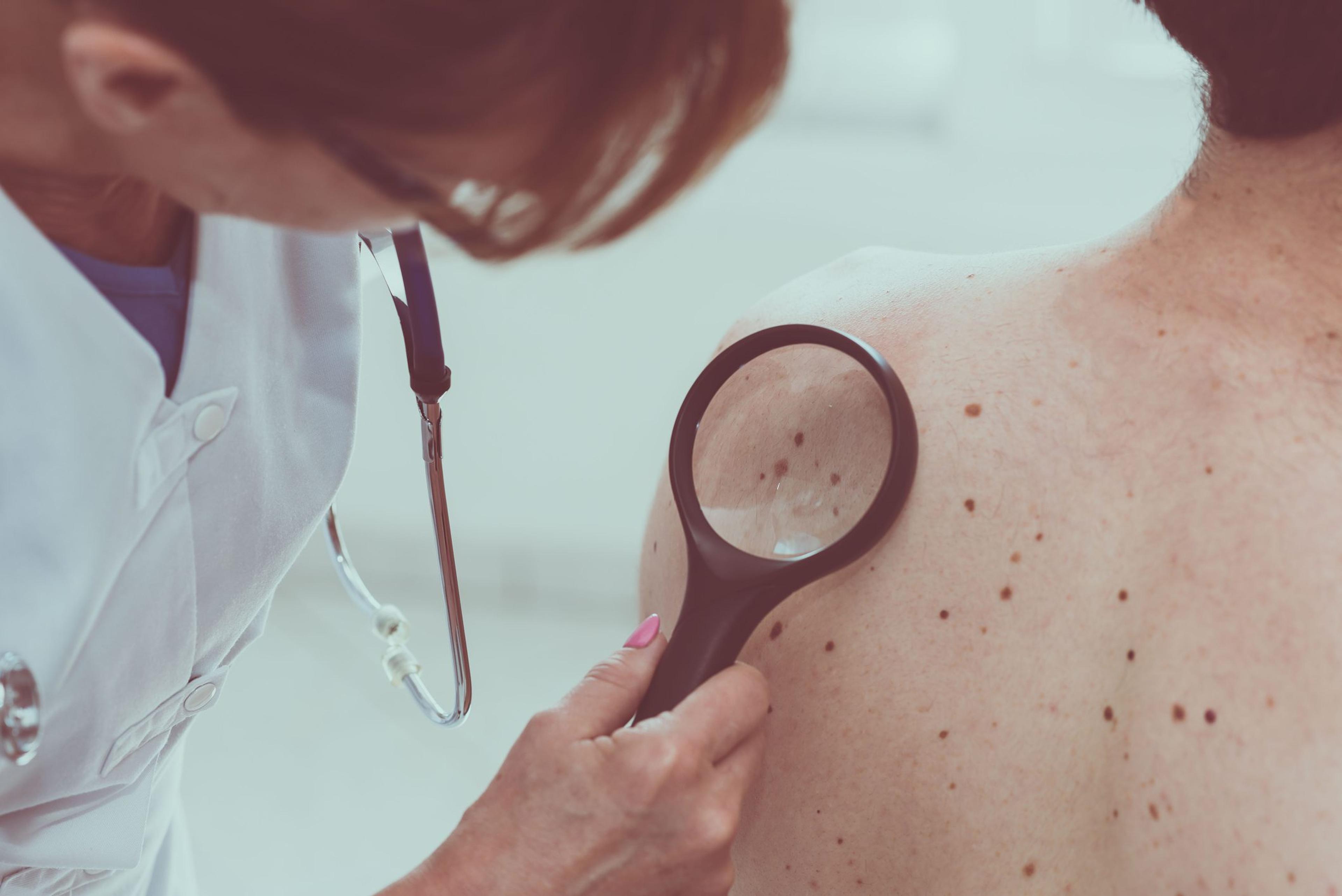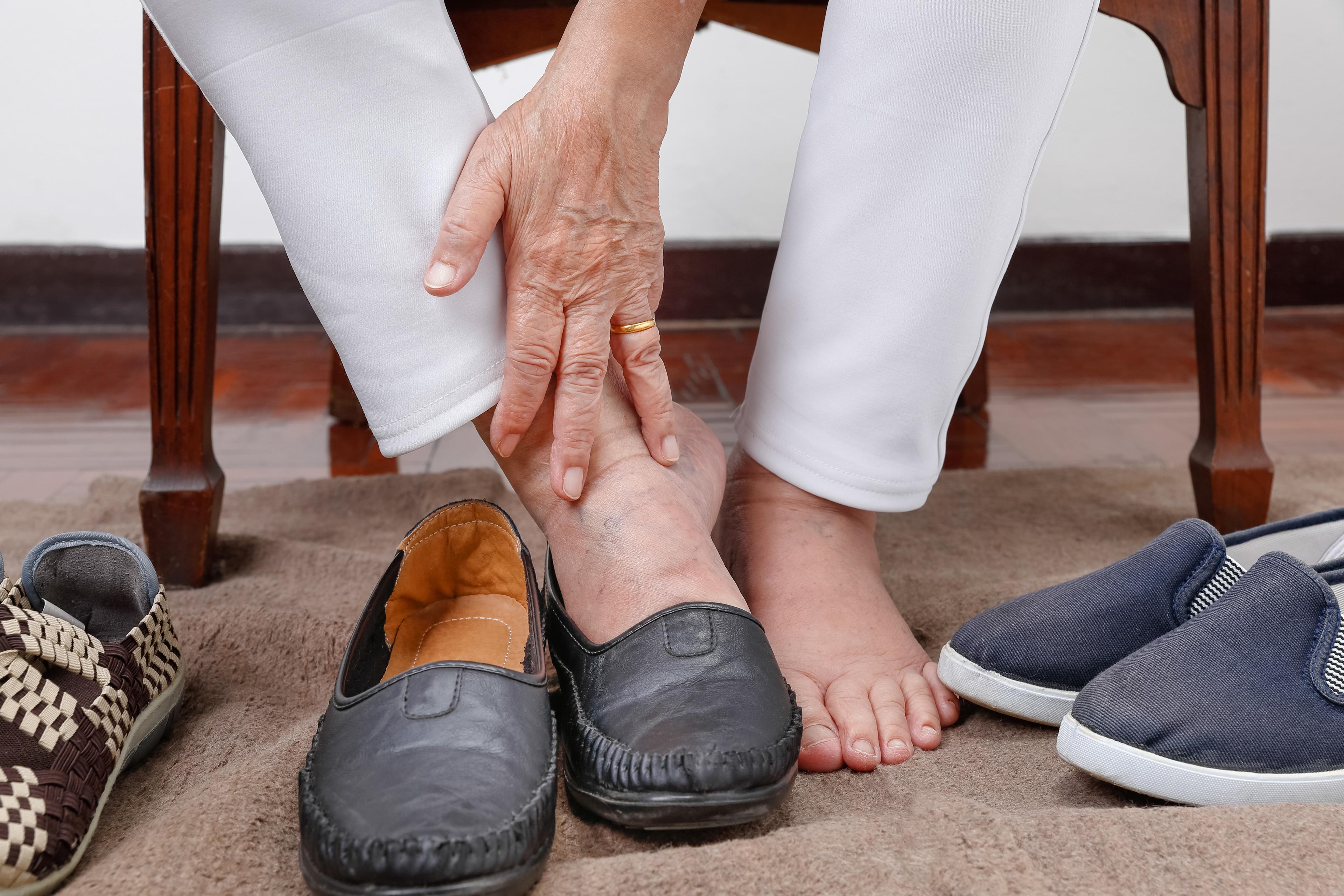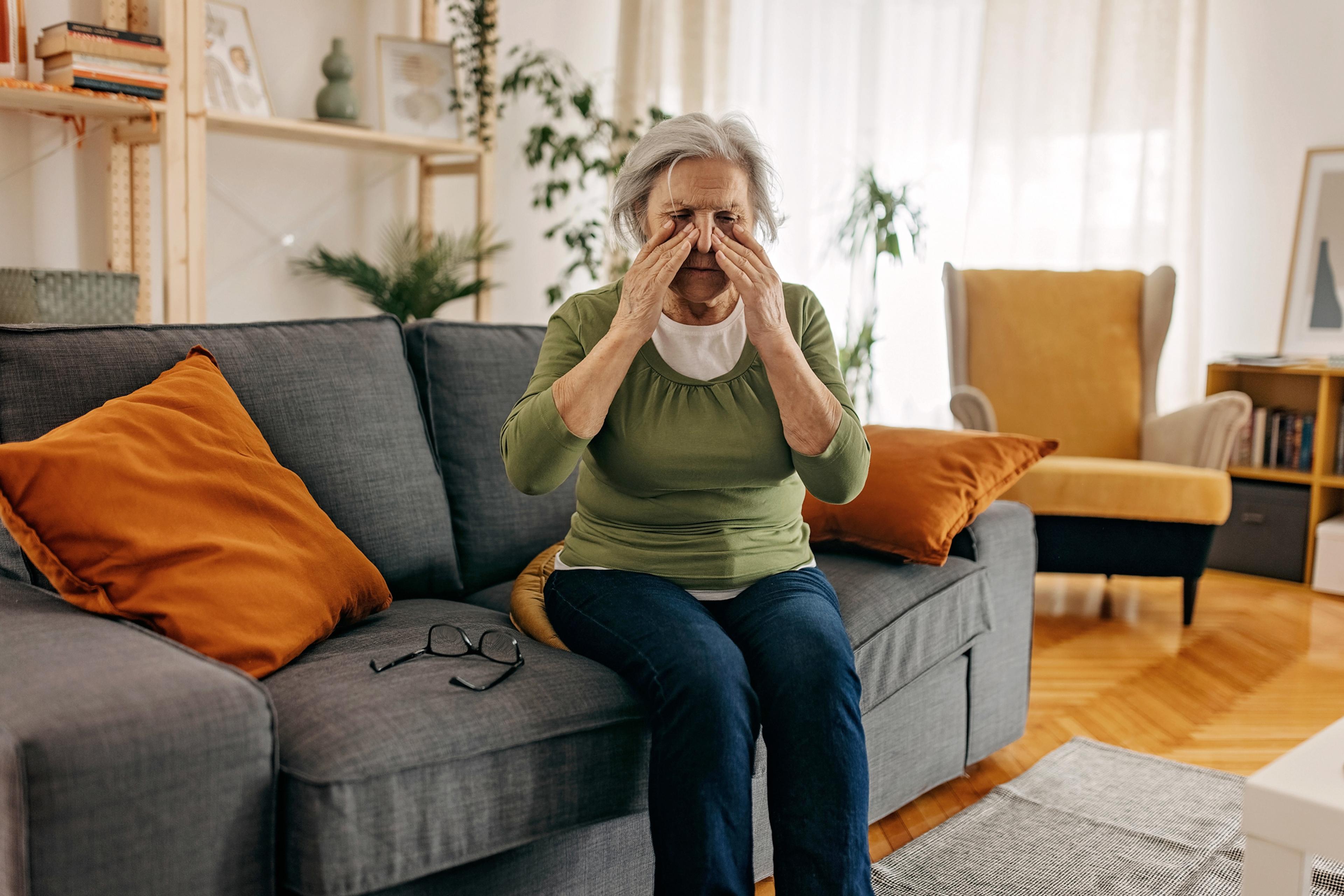Most Common Sites for Melanoma
Amy Barczy
| 3 min read
Amy Barczy is a former brand journalist who authored content at Blue Cross Blue Shield of Michigan. Prior to her time at Blue Cross from 2019-2024, she was a statewide news reporter for MLive.com. She has a decade of storytelling experience in local news media markets including Lansing, Grand Rapids, Holland, Ann Arbor and Port Huron.

Skin cancer can affect all skin types and colors. The most severe form of skin cancer is melanoma. An estimated 197,700 cases of melanoma will be diagnosed in the U.S. this year. Melanoma develops in the cells that produce melanin, which is the pigment that gives skin its color. While Caucasian individuals are at the highest risk for skin cancer, people of color are also at risk for skin cancer. The exact cause of melanoma isn’t known, but it is believed that a combination of genetic factors and environmental exposures are to blame. Experts believe the leading cause of melanoma is due to exposure to ultraviolet radiation from the sun and from tanning beds. However, UV light doesn’t cause every case of melanoma. Melanomas often look like moles on the skin. The most common sites for melanoma on the body vary depending on if you are a man or a woman, and on your skin color.
Melanomas in men
The most common sites include:
- Back
- Head
- Neck
- Trunk
Melanomas in women
The most common sites include:
- Arms
- Legs
Melanomas in people of color
While Asian, Hispanic and African American/Black individuals are less at risk for skin cancer than Caucasian individuals, they can still get melanomas. In individuals of color, melanomas often occur in areas with little sun exposure, including:
- Palms of the hands
- Soles of the feet
- Under the nail or nail areas
Acral lentiginous melanoma is the most common form of melanoma in people of color and appears in places where it could be hard to discover. It may appear as a black or brown area.
Prevention
One of the best ways to reduce an individual’s risk of melanoma is to avoid excessive exposure to UV light. Here are some best practices:
- Avoid direct sun exposure during the middle of the day when the rays are strongest, typically between 10 a.m. and 4 p.m.
- Cover up exposed skin and wear a hat
- Don’t use tanning beds or lamps
- Wear broad-spectrum sunscreen with an SPF of at least 30 all year round. Reapply sunscreen if outdoors for an extended period of time, or after swimming.
It’s also important to regularly perform self-checks of your own skin. Get familiar with your moles and freckles and use a mirror to scan places that are hard to reach. Keeping track of changes or new growths can help you identify if there is something of potential concern. Regular checkups with a primary care doctor, and a yearly skin cancer screening with a dermatologist, can help identify problems early.
Identification
In addition to keeping up with regular checkups with your providers, it’s important to monitor your skin and moles for any warning signs. The following acronym is meant to help identify unusual moles:
- A - asymmetrical shape
- B - irregular border
- C - changes in color
- D - diameter
- E - evolving
More from MIBluesPerspectives:
- Stress and Aging: What Millennials Should Know
- After Surviving a Stroke at Age 26, Woman Emphasizes Heart Health at Every Age
- Five Healthy Habits to Make by Age 35
Photo credit: Getty Images





